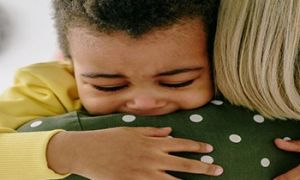Some of the most significant early childhood learning takes place through art and craft activities. Thus children’s artwork is considered among the major forms of pedagogical documentation. The following article provides information on the importance and strategies of displaying children’s artwork.
Displaying children’s artwork builds their self-esteem. They realize that what they have made is important enough to be chosen and displayed.
- To make the display still more meaningful, involve children in the process of choosing their artwork to be displayed. Also, consider copying their descriptions and placing them below the displayed work.
Displayed artwork helps children understand the growth and direction of their own learning. They realize how they used their art to explore the world around them, how creating it helped them to find answers to some questions like “Where do cyclones come from” and how creating the artwork made them think and wonder more like “How come winds can’t be seen?”. Such displays give children the opportunity to reflect on their own learning; they realize how their learnt new skills and concepts like using curved lines to represent a breeze or draw a windy day.
- As educators, you can further extend the children’s reflective process by including in the display, information in the form of photographs, pictures, or real objects.
Careful arrangement of artwork nurtures a love of beauty which addresses the goals of the aesthetic domain in early childhood learning. Sprawled artwork can clutter rooms and appear shabby.
- Look for aesthetic ways to display artwork and involve children in the process as well.
- Ask children which wall could be used for the display.
- Frame the artwork with coloured construction paper or wallpaper strips. You can even hang things from the tops of windows or the ceiling to add other foci of beauty in the classroom.
As parents and families see such displays, they get a better understanding of what and how their children are learning. They feel a sense of pride in their children’s achievements and explorations as how much their children have learned and grown becomes apparent to parents in a more tangible immediate way. Such displays also provide opportunities for interesting conversations between families and children about what the little ones enjoyed most doing or anything interesting that happened during the activity. It helps parents make connections between learning at home and in the classroom environment for example how interesting it was to rifle through old clothes to pick costumes for a storytelling session in school. In order to engage families better, you can think about documenting panels and photos that depict the process of children creating artwork.
Finally, displaying children’s artwork also helps educators, administrators and other staff to reflect on learning practices and pedagogies. Some questions that you can ponder while displaying children’s artworks are:
- How to decide which artworks to display
- What makes displays attractive and how much to intervene while arranging the artwork
- Who is the display primarily for – children or adults and if the latter, for families or other professionals to what extent artworks should be complemented by comments and notes by Educators.
Further Reading
Linking Art To The EYLF Learning Outcomes - The following provides the main curriculum connections of art in the early childhood learning framework.
Benefits Of Art and Craft - The following article provides information on the Benefits Of Art and Craft, Linking To The EYLF.
Process Art Vs Product Art In Early Childhood Services - The following will help you to understand the difference between process and product art and which you may use in your learning environment.
Stages Of Artistic Development In Children - If you are involved in the planning or implementation of art-based play and learning in young children, here is a bit more on the different stages of child art development.
Art With Babies and Toddlers - Here are some simple strategies to engage babies and toddlers in art experiences.
Reference:
Displays Of Childrens Art, Capital E


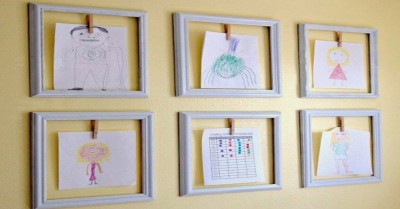

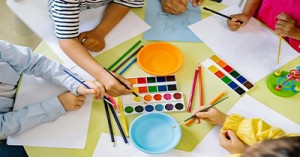
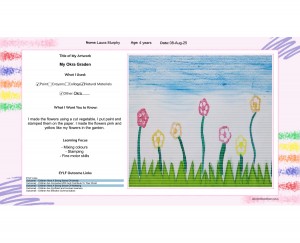
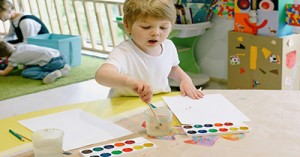
 As an Educator in Australia, your pay rate falls under the Children’s Services Award 2010. This award states the minimum amount that an employer can
As an Educator in Australia, your pay rate falls under the Children’s Services Award 2010. This award states the minimum amount that an employer can When working as a qualified Early Childhood Teacher (with a university degree) within a service, your rate of pay will come from the Educational Services
When working as a qualified Early Childhood Teacher (with a university degree) within a service, your rate of pay will come from the Educational Services When working as a Diploma Qualified Educator your pay rate is from the Children's Services Award 2010. This Award states your minimum rate of pay
When working as a Diploma Qualified Educator your pay rate is from the Children's Services Award 2010. This Award states your minimum rate of pay When working as a Cert 3 Qualified Educator, your pay rate is from the Children's Services Award 2010. This Award states your minimum rate of
When working as a Cert 3 Qualified Educator, your pay rate is from the Children's Services Award 2010. This Award states your minimum rate of Educational Leaders play a crucial role in their early childhood service by ensuring that the educational program aligns with best practices and supports the holistic
Educational Leaders play a crucial role in their early childhood service by ensuring that the educational program aligns with best practices and supports the holistic In early childhood education and care, ratios are more than a technicality—they are a frontline safeguard. Every child deserves responsive supervision, emotional connection, and developmental
In early childhood education and care, ratios are more than a technicality—they are a frontline safeguard. Every child deserves responsive supervision, emotional connection, and developmental With the new national child safety reforms kicking in on 1 September 2025, early childhood services like yours have a real opportunity to lead the
With the new national child safety reforms kicking in on 1 September 2025, early childhood services like yours have a real opportunity to lead the Here’s a comprehensive Mobile Phone and Smart Watch Policy tailored for early childhood education and care (ECEC) services in Australia, aligned with the latest 2025
Here’s a comprehensive Mobile Phone and Smart Watch Policy tailored for early childhood education and care (ECEC) services in Australia, aligned with the latest 2025 The Sea of Fish Challenge is a national initiative that invites children, educators, families, and communities to create and display fish artworks as a symbol
The Sea of Fish Challenge is a national initiative that invites children, educators, families, and communities to create and display fish artworks as a symbol Across the early childhood education and care sector, educators are sounding the alarm: current staffing ratios are insufficient to deliver safe, meaningful, and developmentally appropriate
Across the early childhood education and care sector, educators are sounding the alarm: current staffing ratios are insufficient to deliver safe, meaningful, and developmentally appropriate